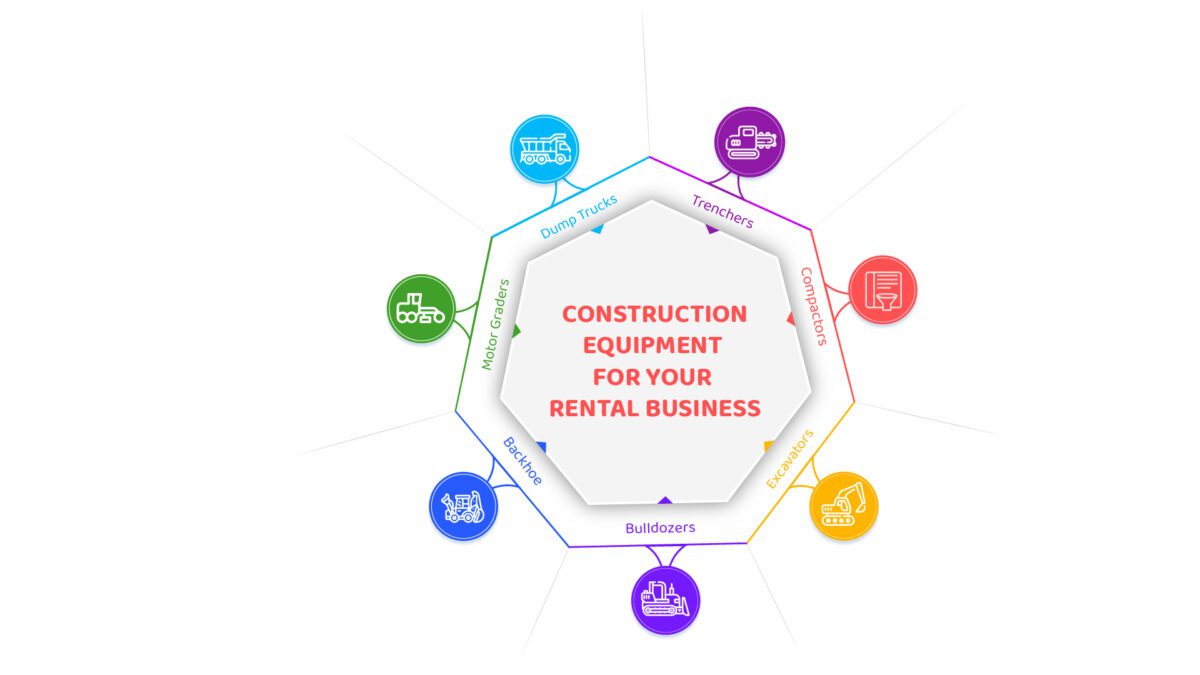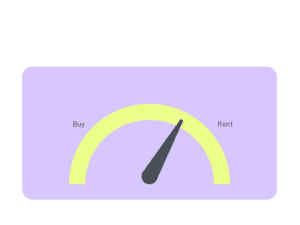Due to an increase in the number of industrial, commercial, and residential projects, the renting of equipment is one of the rental economy’s fastest-expanding sectors. To get an incredible experience in the equipment rental industry, you need to know about the different types of heavy equipment.
The majority of the key advantages of renting are valid throughout the whole construction equipment market. Heavy equipment users benefit from a rental business model since there are no upfront costs, no storage or transit costs, and instant access to the most advanced machines.
In this article, I will discuss the 7 most popular and demandable construction or heavy equipment rentals. Any construction or maintenance project can be sped up and made simpler by having the proper knowledge of the different types of heavy equipment.
So, let’s start to explore.
Top 7 Heavy Construction Equipment for Your Rental Business
In this section, you will learn about the top 7 heavy construction equipment for your rental business.
The reader will have a better understanding of the mechanics of the top 7 heavy construction and earthmoving tools in the following guide, as well as their main use and application.
Excavators
Excavators are used largely for excavation-related tasks, as the name suggests. However, because of their adaptability, they are also used for tasks like heavy lifting, demolition, tree cutting, river dredging, etc.
Moreover, it comes equipped with a bucket, stick, boom, and cabinet. Additionally, hydraulic-powered attachments like grapples, breakers, or augers can be added to excavators. The machine operator’s seat is adjustable 360 degrees in the cabinet.
The excavator cabin, which is totally rotatable when in use, is attached to a long arm and bucket that may be used for a variety of tasks, including clearing brush, excavating, demolishing buildings, carrying, and even forestry.
Both wheels and tracks can be installed on the undercarriage. Due to their reliability and adaptability, these machines are a standard component of both large- and small-scale projects.
Bulldozers
The bulldozer is mostly used for soil excavation. It is perfect for scrubbing the topsoil layer up to a particular depth.
A large, sharp-edged metal plate that is mounted at the front of the vehicle does the scraping. Hydraulic pistons are used to raise and lower the plate. Bulldozers are typically used to lift the earth, remove weak soil, or remove rock strata.
Moreover, Bulldozers have blades that may push boulders, garbage, building supplies, sand, snow, or mud along a heavy-duty track. The flat, edgeless straight blade, curved universal blade, and semi-universal combination blade are a few of the various dozer blade varieties.
Related For You: 7 Ways to Get More Bookings for Rental Business
Backhoe
The name “backhoe” comes from the mechanical configuration of this often-used heavy equipment, which places the hoe component on the backside and the loading bucket on the front.
Moreover, the front bucket is excellent for loading, unloading, and lifting earth or other materials, and this setup works well for digging trenches beneath the machine.
A backhoe loader is a piece of machinery that has three different uses: backhoe, tractor, and loader. The loading mechanism is in the front of the machine, while the sturdy backhoe is on the back. The tractor is the main operating device.
Motor Graders
A unique kind of machinery used in construction, particularly road construction, is motor graders, often known as graders. When it comes to leveling the soil surface, they are especially helpful.
Between the front and back wheels of a grader is a horizontal blade that may be lowered for use on the ground. On top of the rear axle setup, the operator cabinet is mounted.
These machines can also be used to remove extra soil from the ground, remove snow or dirt off highways, smooth the soil surface before laying asphalt, etc.
However, Motor graders typically perform heavier roadwork operations that call for versatility better than bulldozers.
Before utilizing a motor grader, you should be familiar with how to use it because different actors have an impact on performance. For instance, a cut will often be deeper the leaner you apply to the wheels.
Dump Trucks
Dump trucks are typically employed in the construction industry to move big quantities of various materials from one location to another or deposit them at a dump yard.
Large building sites are more frequently seen with off-road dump trucks. These trucks are equipped with large wheels and have plenty of storage space, allowing them to work in almost any type of terrain.
Related For You: Steps To A Start Million-Dollar Dumpster Rental Business
Trenchers
Trenchers are tools that dig trenches in the ground, as their name suggests. Trenches can be used for a variety of purposes, including drainage, laying cables, and installing pipelines.
Chain trenchers and wheeled trenchers are two different forms of trenching equipment. When using a chain trencher, a stationary long arm is wrapped in a digging chain.
On the other hand, wheeled trenchers have a metal wheel with a digging tooth around it. When it comes to removing dense soil layers, wheeled trenchers are favored.
Compactors
Rollers usually referred to as compactors, are tools used to compact the surface of the ground or a variety of other materials. There is a vast variety of compactor kinds and sizes available to meet various compacting needs.
Moreover, the best option for compacting thin soil or even asphalt layers is a roller with smooth wheels. The use of sheep-foot rollers is made for deep compaction purposes. Also used to compact fine-grained soil, asphalt layers, and other materials are pneumatic tired rollers.
A massive, vertically vibrating plate is used in plate compactors to crush and compact a surface into a level, flat region. Debris is compacted and broken down by the plate’s power and fast, repetitive movements.



